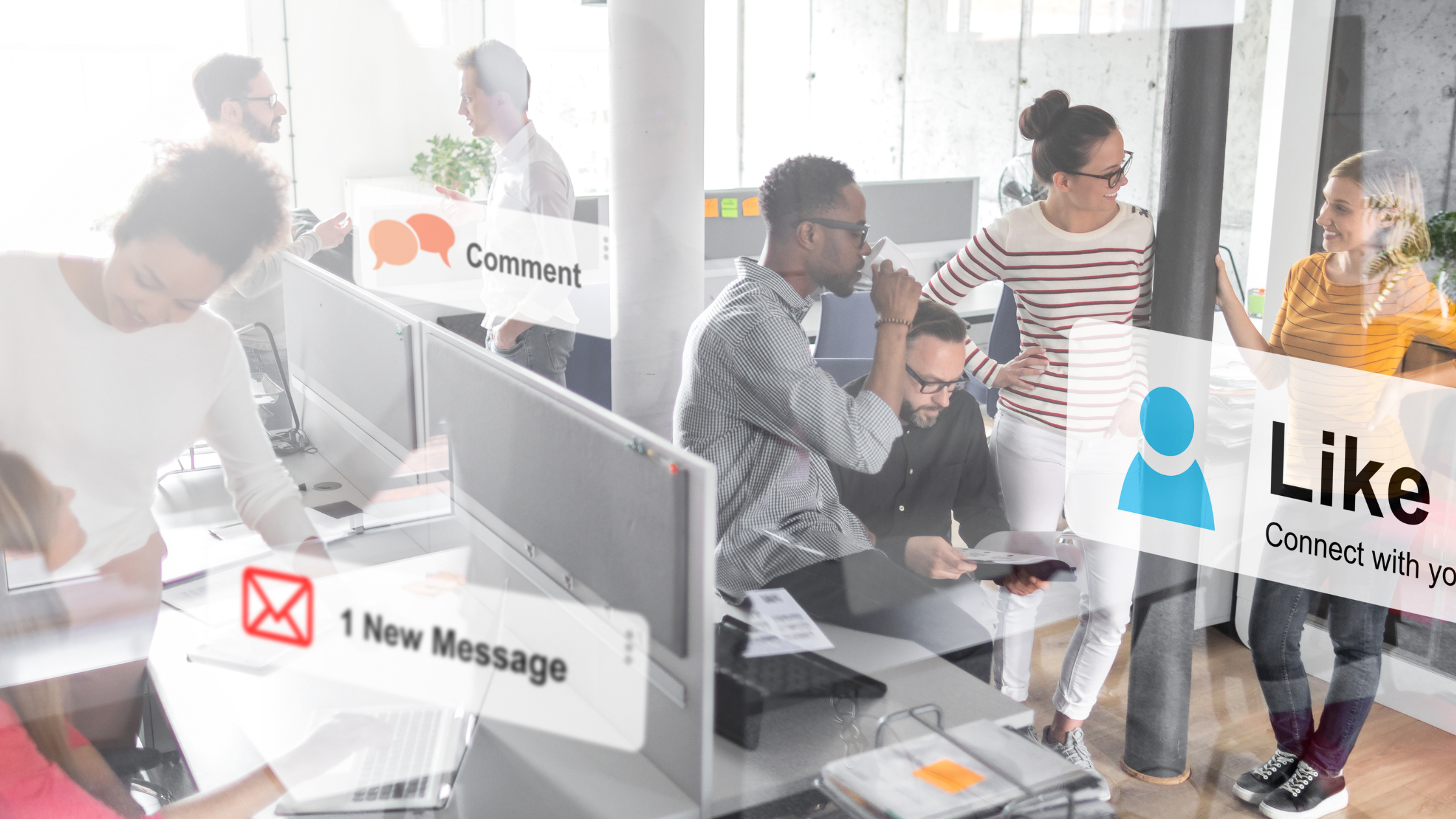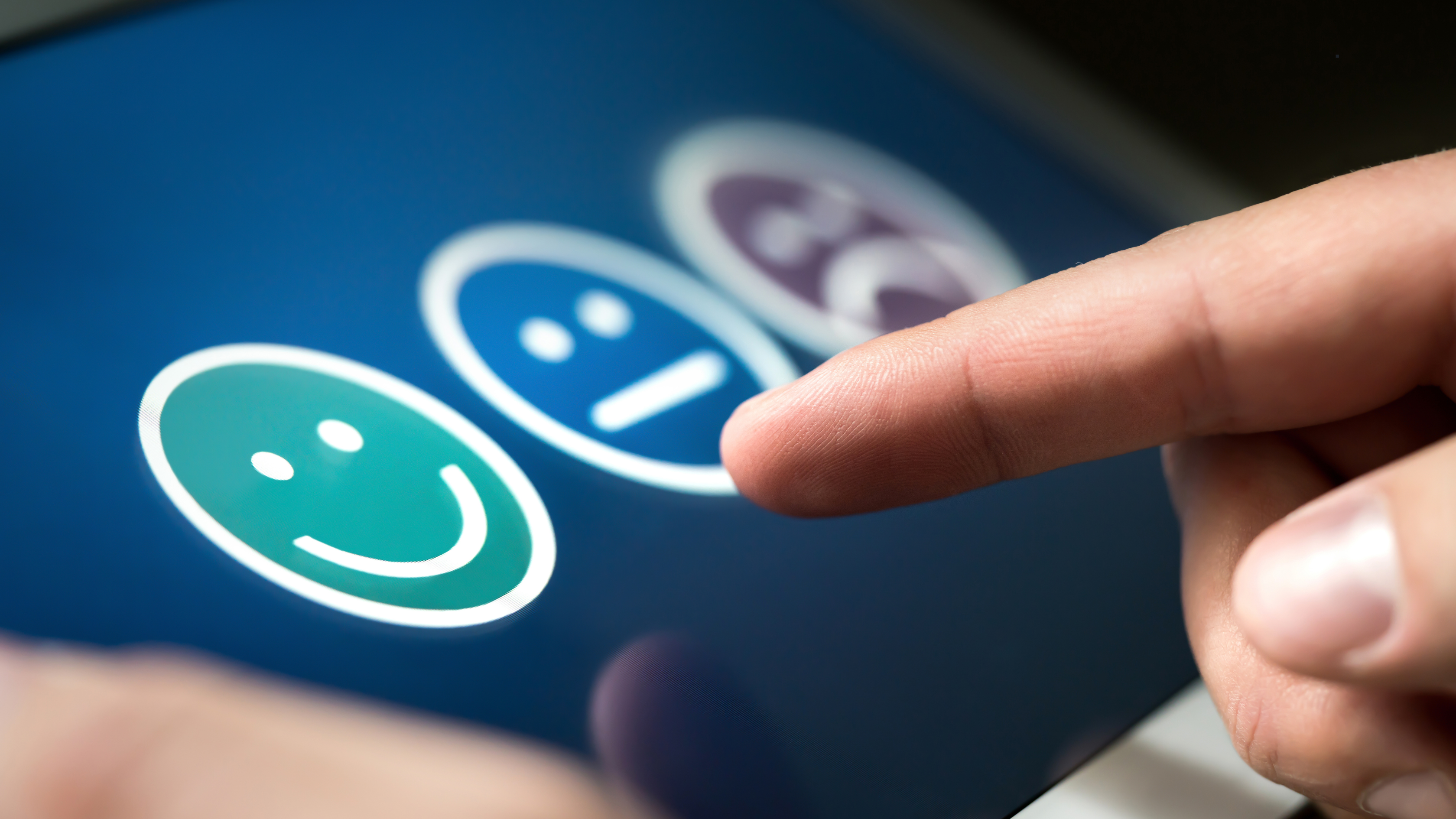Breaking down the basics of LinkedIn: Part 4 of 4.
5 Ways you can build, expand and strengthen your professional network on LinkedIn.
While it's easy to get caught-up in the nitty gritty of updating your personal LinkedIn profile and writing posts—and it might be even easier to get stuck in the phase where your LinkedIn account is stuck collecting virtual dust—it's important to remember the true purpose of the platform: making connections! That's why we're sharing a few tips to help you do just that.
1. Invite other professionals to connect.
If you haven’t already, it’s time to start connecting with other people on LinkedIn so you can fill your newsfeed with content you find interesting, entertaining or helpful. And while it’s easy to start by adding your closest colleagues or personal friends to your network—it shouldn’t stop there.
Whereas getting a friend request from a stranger on Facebook might be strange—it’s fairly typical to connect with people you’re unfamiliar with on LinkedIn. So, feel free to connect with professionals that are in the same field as you that you’ve never met, professionals in your town who organize networking opportunities, people you’re just curious to learn more about and more.
However, it’s always a best practice to add a personal message when you ask others to connect—especially if you don’t know the person.
For example: Hi [insert name]—as an associate at [insert company], and I’m looking to make connections with other professionals in our area. I’d love to keep in touch and learn more about your work with [insert company]!
2. Follow businesses + inspiring people.
You can do more than connect with people on LinkedIn. You can also look for businesses, authors, publications and other organizational pages and give them a “follow” to see their posts in your feed, stay up to date on their happenings and find active conversations with professionals who have similar interests. For example, Google is the most-followed organization on LinkedIn—with over 23.38 million followers.
Similarly, some people—like CEOs, professionals who have reached “celebrity status” (including Bill Gates who is the most-followed person on LinkedIn) and those who have established a large LinkedIn presence (often referred to as “LinkedIn influencers”)—may have a “follow” button rather than a “connect” button. This allows you to instantly add their content to your feed (rather than creating a mutual connection they must review and accept).
3. Engage with others’ content.
Once you’ve connected with other professionals and followed pages you’re interested in, you’ll start to see their content and the content they interact with on your LinkedIn feed. Something as small as reacting to a post (whether it’s a “like”, “celebrate”, etc.), leaving a comment or sharing a post to your own page can help show your support and build relationships.
4. Join groups.
There are millions of groups on LinkedIn, including for specific professional roles, alumni groups and personal interests, that allow you to be in constant contact with like-minded people, people in your industry and people with similar interests.
To see what groups are out there and start to join them, you can simply use the search bar to look for a topic (like: insurance, the industries your clients serve in, dogs, etc.) and select “groups”. These groups can be created by anyone, are managed by admins and have various rules and settings, including varying levels of privacy within them. There are also “unlisted” groups which require a direct link or invitation for you to join.
However, don’t be too hasty and request to join every group you find—because, while the majority of LinkedIn users are in 10 or more groups, LinkedIn does limit how many groups you can join (this limit has ranged from 50 to 100 groups over the past few years).
Beyond joining conversations, you also use groups for social listening—which can be a powerful tool. For example, if you’re a broker who works with our Glatfelter Public Entities Program, you could follow groups within the various public entity markets we serve to learn more about hot topics in the industry, pain points, what’s trending and more.
5. Participate in events.
LinkedIn is also a great place to learn about in-person and online professional events, like meetups, workshops, seminars and more. You can also look up the events, conferences and networking activities that you’re planning to attend (whether in-person or virtual) to see who else is attending, connect with speakers and join in conversations.
You can even host or attend events on the platform, including Audio Events and LinkedIn Live events.
Audio Events are similar to a conference call—so there’s no video, screen sharing or text chat. This is a popular option for LinkedIn users because it allows LinkedIn attendees to join the speaker “on stage” and take part the conversation—and you can host them on LinkedIn without a third-party steaming tool.
Conversely, LinkedIn Live does require event organizers to utilize a third-party steaming tool. However, these webinar or video-style presentations are also very popular on the platform. In fact, live stream videos see 7-24 times the amount of engagement on LinkedIn, opposed to regular video.
Thank you for following along with our LinkedIn series!
Social media is continually changing and there’s always something new to learn. That means what’s considered a best practice today could be old news tomorrow. However, the best way to learn is to jump in.
So, whether you’ve been on LinkedIn for over a decade, or you hit the “sign up” button today—we hope you’ve enjoyed our LinkedIn series, learned something new and gained some confidence to try out the platform or do a deeper dive into it. We look forward to seeing you out there. Happy connecting!

Bri Cappella, Integrated Marketing Specialist
DISCLAIMER
The information contained in this blog post is intended for educational purposes only and is not intended to replace expert advice in connection with the topics presented. Glatfelter specifically disclaims any liability for any act or omission by any person or entity in connection with the preparation, use or implementation of plans, principles, concepts or information contained in this publication.
Glatfelter does not make any representation or warranty, expressed or implied, with respect to the results obtained by the use, adherence or implementation of the material contained in this publication. The implementation of the plans, principles, concepts or materials contained in this publication is not a guarantee that you will achieve a certain desired result. It is strongly recommended that you consult with a professional advisor, architect or other expert prior to the implementation of plans, principles, concepts or materials contained in this publication.
This blog post may contain the content of third parties and links to third party websites. Third party content and websites are owned and operated by an independent party over which Glatfelter has no control. Glatfelter makes no representation, warranty, or guarantee as to the accuracy, completeness, timeliness or reliability of any third party content. References to third party services, processes, products, or other information does not constitute or imply any endorsement, sponsorship or recommendation by Glatfelter, unless expressly stated otherwise.
Related posts
From natural disasters to crisis situations, community-focused organizations face unique and dangerous risks during their missions.
Learn to create a memorable client experience from the customer service experts at Trader Joe's.
Being able to remain positive in spite of everything you face could have some truly amazing impacts.







Submit a Comment